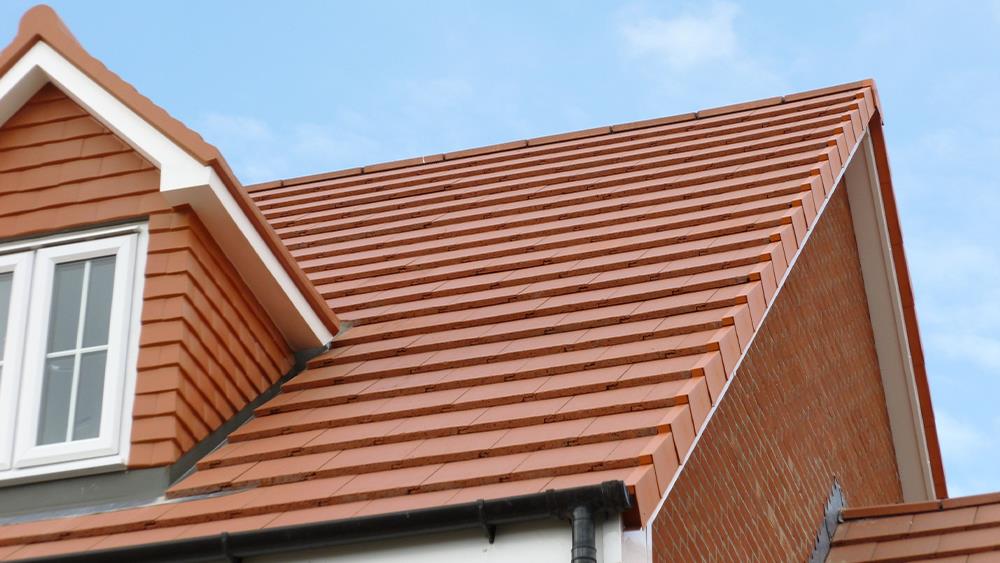

With recent changing and dynamic weather conditions, Russell Roof Tiles is urging the sector to consider climate more than ever before, and the impact it may have on roofing specification.
Over the last decade, the UK has experienced a huge change in climate, and resulting fluctuating temperatures, creating complications for the construction industry, and requiring specification guidelines to be reassessed.
January defied expectations and became the warmest month on record, with temperatures 2.0°C above predictions, despite forecasts for a cooler start to 2025. This came after a record-breaking end to 2024, with southern England seeing its wettest autumn since records began in 1836.
As construction output surges, encouraged by the Government’s target to build 1.5 million new houses in the next five years, it is even more crucial that extreme weather conditions are considered when designing and constructing all components of a building – including the roof.
Mark Parsons, Technical Director at Russell Roof Tiles, explained: “A building’s location, structure and use, alongside regional weather trends, are some of the biggest factors to consider when specifying a roofing solution.
“The major shift in climate in the last few years means that solutions that may have worked previously to combat extreme weather conditions might no longer be effective.
"Current weather patterns must be considered during the specification process to avoid the installation of unsuitable roof products, and ensure optimal performance and safety for the occupants.”
If specified incorrectly, severe weather patterns can significantly diminish the longevity and performance of roofing systems. Prolonged exposure to harsh weather conditions, such as excessive sunlight, heavy rainfall, and high winds, can lead to costly wear and tear overtime.
While strong winds present the most common risks to roofs – causing uplift, dislodging tiles and damaging structures – excessive sunlight, heat, rainfall and ice can be just as detrimental. A well-designed pitched roof will protect a structure from solar radiation during warm weather, ensuring the building doesn’t overheat. While in cold spells it can successfully protect against wind-driven rain and snow.
When considering materials and components for new builds or re-roofing projects, it is essential to choose products with a proven track record from a reputable manufacturer that meets British Standards of manufacturing.
Specified products must also be made from durable, high-quality material to ensure they can withstand all weather conditions. For example, many Dry-Fix roofing accessories on the market contain plastic, so when we experience sustained high temperatures, these components can become damaged.
Parsons continued: “We work with architects, specifiers and planners to consider all of the relevant design factors and features needed from our products. We examine the geometry and the site location in conjunction with exposure, roof pitch and rafter length when assessing the roofs’ long-term ability to withstand the unpredictable British weather.”